Instagram is definitely not over, it really isn't, but many people are fed up. He practically abandoned his original intention in all respects, and it grows to gigantic proportions, which can already bother many. In addition, it is increasingly difficult to find "yours" in the network.
It was once said about Snapchat that anyone over the age of 30 did not have much of a chance to understand its functioning, and especially to be guided by its principles and laws. Today, unfortunately, this also applies to Instagram, which perhaps only Generation Z can understand. That is, if they haven't switched to TikTok and some Instagram is a must. After all, they are also aware of this in Meta, which is why they are not only copying the aforementioned Snapchat, but TikTok as well. And the more they cram into the app, the better. But how for whom.
It could be interest you

A bright start
It was October 6, 2010, when the Instagram app appeared on the App Store. You can thank Instagram and Hipstamatic (which is already close to death) for the popularization of mobile photography. No one wants to take credit for it, because it really was a great app at the time. After all, in less than a year of its existence, it managed to reach 9 million users.
Then, when the application was also available in Google Play from April 3, 2012, many iPhone users were concerned about the quality of the content. After all, the branched world of Android did not offer such photomobiles, so the ballast potential was certainly there. But these fears were unfounded. Soon after (April 9), Mark Zuckerberg announced a plan to acquire Instagram, which of course eventually happened and this network became part of Facebook, now Meta.
It could be interest you
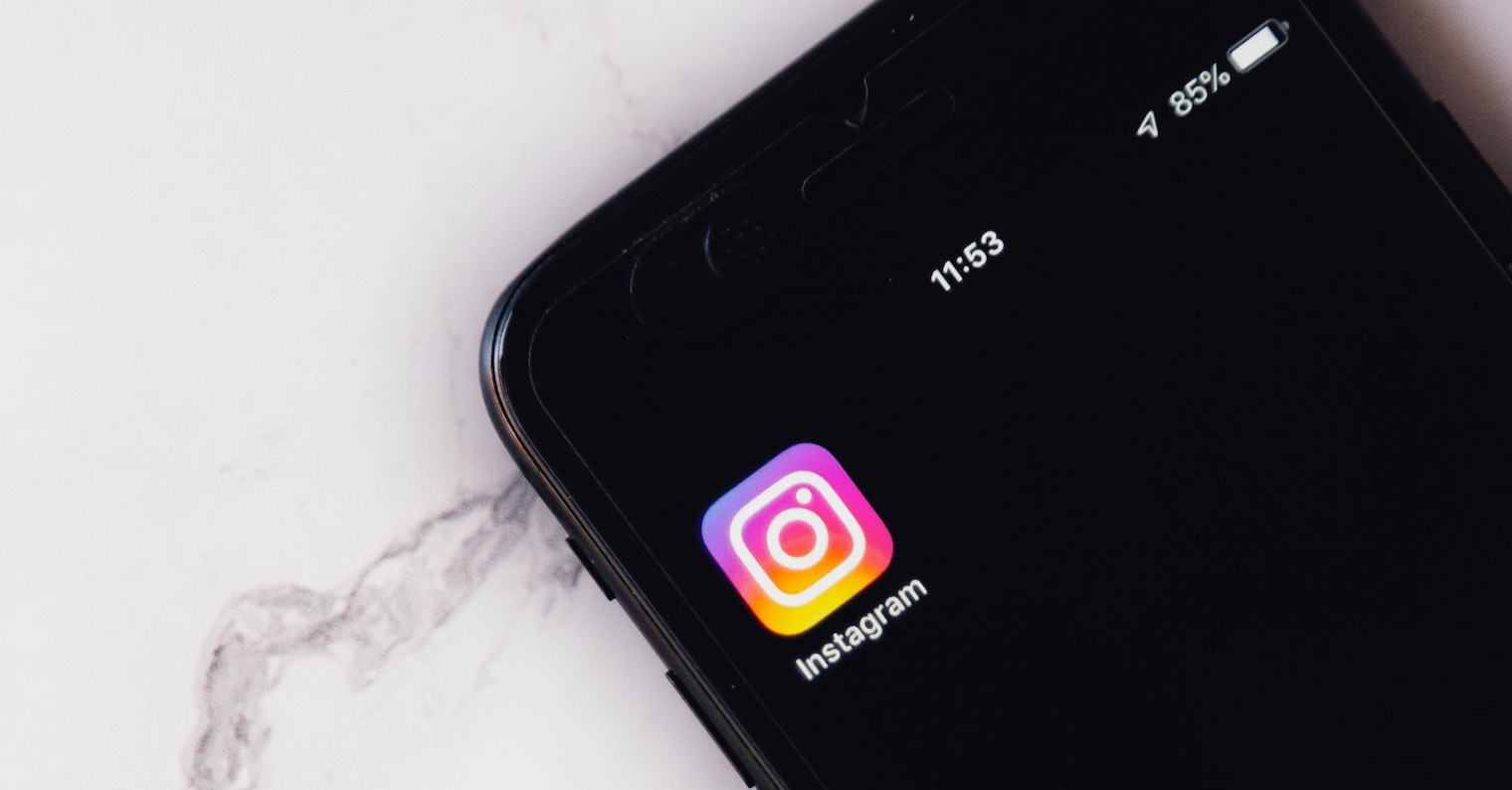
New features
However, Instagram initially flourished under the leadership of Facebook, as features such as Instagram Direct arrived, which allowed photos to be sent to selected users or a group of users. It was no longer necessary to communicate only through posts. Of course, the next big step was copying Snapchat Stories. Many have criticized this, but it is simply a fact that Instagram popularized this style of publishing content and taught users how to do it. Anyone who wants to be successful in the network must not only accept stories, but also create them.
Originally, Instagram was only about photography, and in a 1:1 format. When videos came and the release of this format, the network became more interesting because it was no longer so binding. But the fundamental ailment was the change in the meaning of the order of posts from that according to time to that according to a smart algorithm. It monitors how you behave and interact on the network and presents you with content accordingly. For that, there are Reels, the store, 15-minute videos, paid subscriptions, and surely remember the failure of IGTV.
It could be interest you
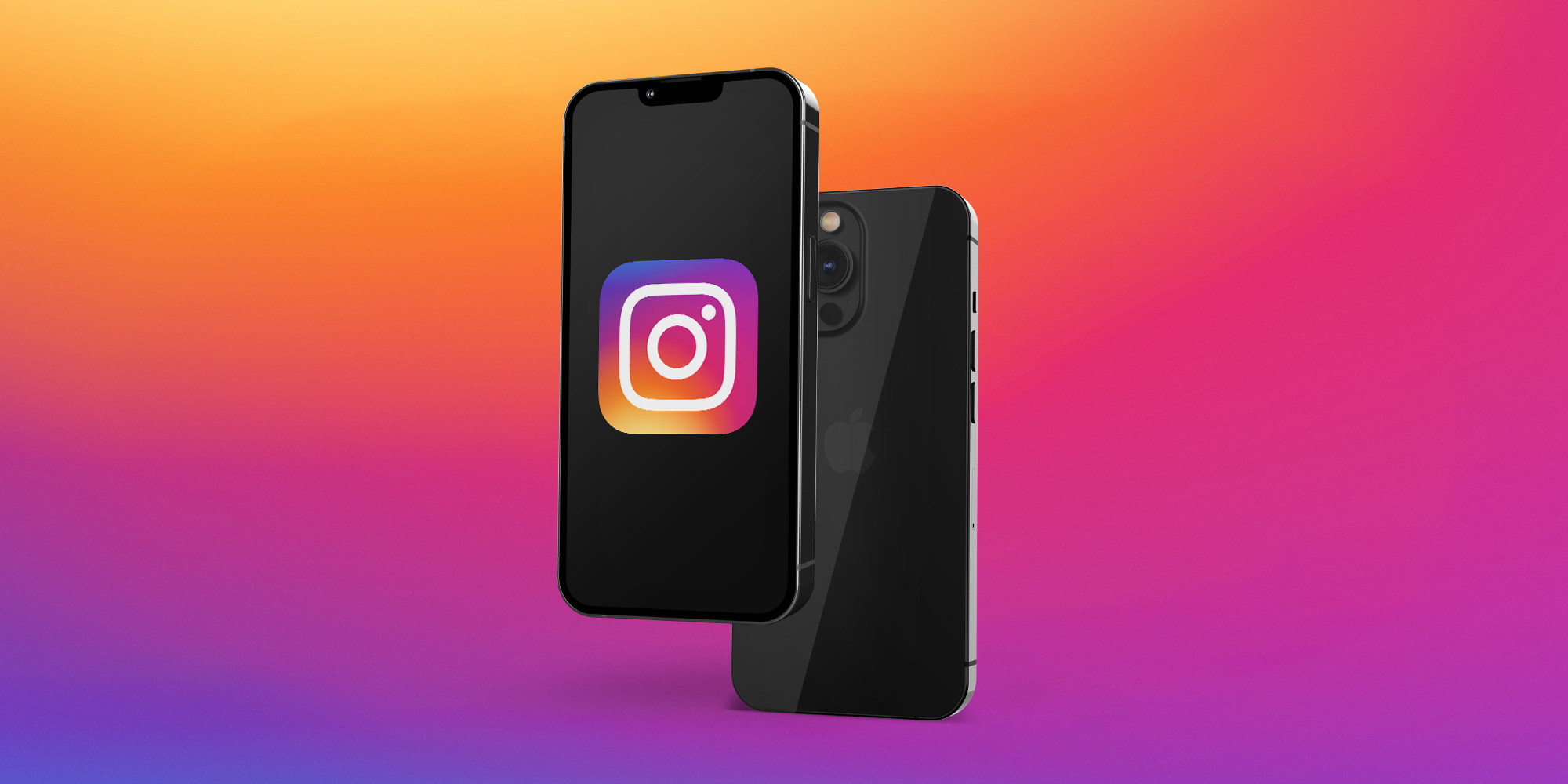
It won't get any better
Due to the trend of TikTok, Instagram has also started targeting video more. So much so that many began to worry about the existence of photos on the network. That's why the head of Instagram, Adam Mosseri, had to make it official announce, that Instagram continues to count on photography. That genius algorithm in turn switched to a different sense of presenting content, which more often included content that you don't actually watch, but thought you might be interested in.
If you don't like this either, we don't have good news for you. Zuckerberg himself said that the company plans to push these posts recommended by artificial intelligence even more. In a little while, you won't find anything you're interested in on Instagram, but what the AI thinks you might be interested in. Now it is said to be 15% of displayed content, by the end of next year it should be 30%, and what will happen next is a question. It is the exact opposite of what users want, but they themselves probably don't know what is suitable for them. But what about that? Nevermind. Complaining doesn't help. Instagram wants to be more TikTok, and no one is likely to tell it off.


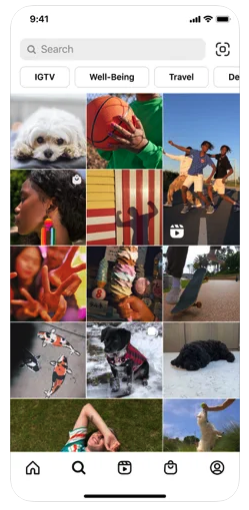
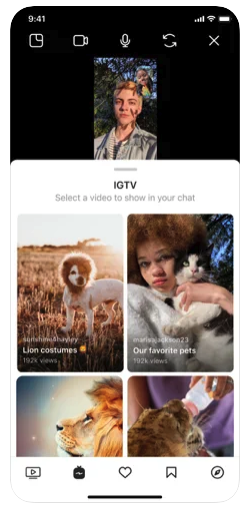
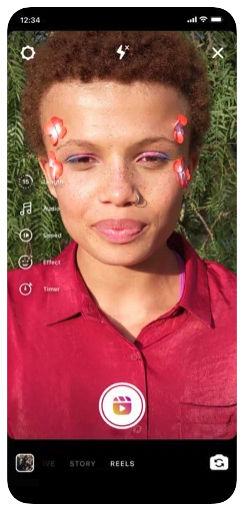


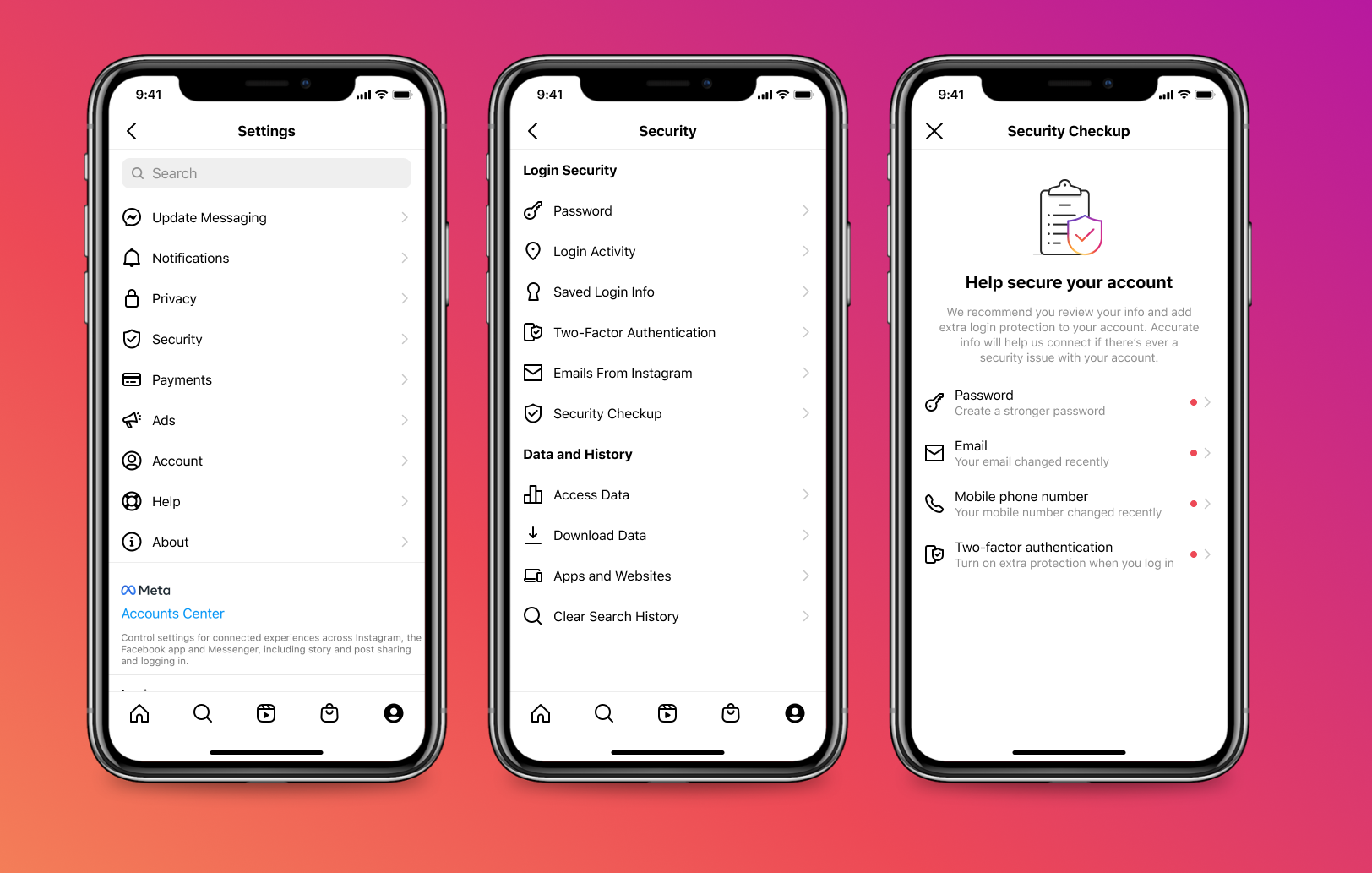




 Adam Kos
Adam Kos